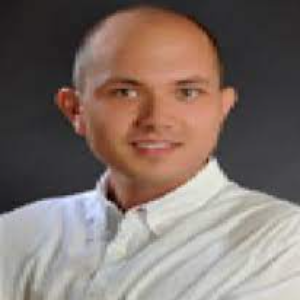Title : Hydrogen generation in microgravity environments using nanostructured photoelectrodes
Abstract:
Photoelectrochemical cells (PEC), which employ semiconductor-systems enable light-induced water splitting into oxygen and hydrogen. Microgravity experiments are crucial to understand the effects of gas bubble formation in these photoelectrochemical reactions. Drop tower experiments at the ZARM (Zentrum für Angewandte Raumfahrt und Mikrogravitation) simulate microgravity environments for 9.2 seconds. Herein, we show the possibility to realize efficient artificial photosynthesis in microgravity environments for deep space missions. The photosystem is based on III-V semiconductor absorbers that are coupled to nanostructured electrocatalyst layers. Drop tower experiments at ZARM showed that we could circumvent the problems of gas bubble froth layer formation in the absence of bouyancy. Nanosphere lithography (NSL) was used as a reliable and cost-efficient tool to fabricate a three-dimensional nanostructured catalyst layer (here rhodium) on a semiconductor (p-type Indium Phosphide) photoelectrode by controlling its morphology. Our results demonstrate the photoelectrochemical production of hydrogen by measuring the photocurrent-voltage behavior of the combined half-cell p-InP/Rh/electrolyte. Size and shape modifications used in the NSL process enable nanostructured topographies to increase the catalytic activity and provide large short circuit currents up to >15 mA/cm2 at illumination levels of white light between 70 and 100 mW/cm2. Structural analysis including SEM, AFM, XPS for varied catalyst topography and simulations using a kinetic transport model support and complement the photoelectrochemical observations.


